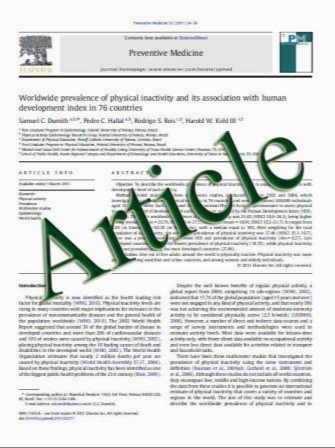Benefit of 1.5-T intraoperative MR imaging in the surgical treatment of craniopharyngiomas
- نوع فایل : کتاب
- زبان : انگلیسی
- مؤلف : Bernd M. Hofmann & Christopher Nimsky & Rudolf Fahlbusch
- چاپ و سال / کشور: 2011
Description
Background As low-field magnetic resonance imaging (MRI) has very limited significance for intraoperative control of total tumor removal (TTR), we examined the influence of 1.5-T MRI, incorporating higher resolution into the intraoperative strategy of craniopharyngioma surgery. Methods Surgery with intraoperative imaging was performed in 25 selected patients in whom tumor resection was anticipated to be difficult according to pre-operative findings. Results Intraoperative MRI confirmed the intended extent of tumor removal in 15 patients (14 TTRs, one intended incomplete removal, while a second procedure was scheduled due to complex shape). Misinterpretation was false positive or negative in one patient each. The extent of removal was not achieved as expected in eight patients (expectation: seven TTRs, one incomplete removal). In three patients, the expected TTR was achieved by resuming surgery. In another case, that goal was accomplished by performing an unscheduled second procedure. In total, by using intraoperative imaging, the rate of TTR was increased by 16% (four patients), leading to 80% in the entire series. Compared with the literature, the rate of new ophthalmologic and endocrine deficits is acceptable; the rate of other surgical complication is slightly higher but not directly caused by intraoperative imaging. Conclusion Intraoperative 1.5-T MRI provides benefits because of good early prediction of TTR (sensitivity, positive predictive value: 93.8%; specificity, negative predictive value: 88.9%) and a low rate of false-positive results. Moreover, extended resection of remnants visualized is enabled and helps to increase the rate of TTR but does not exclude recurrence
Acta Neurochir (2011) 153:1377–1390 DOI 10.1007/s00701-011-0973-x


